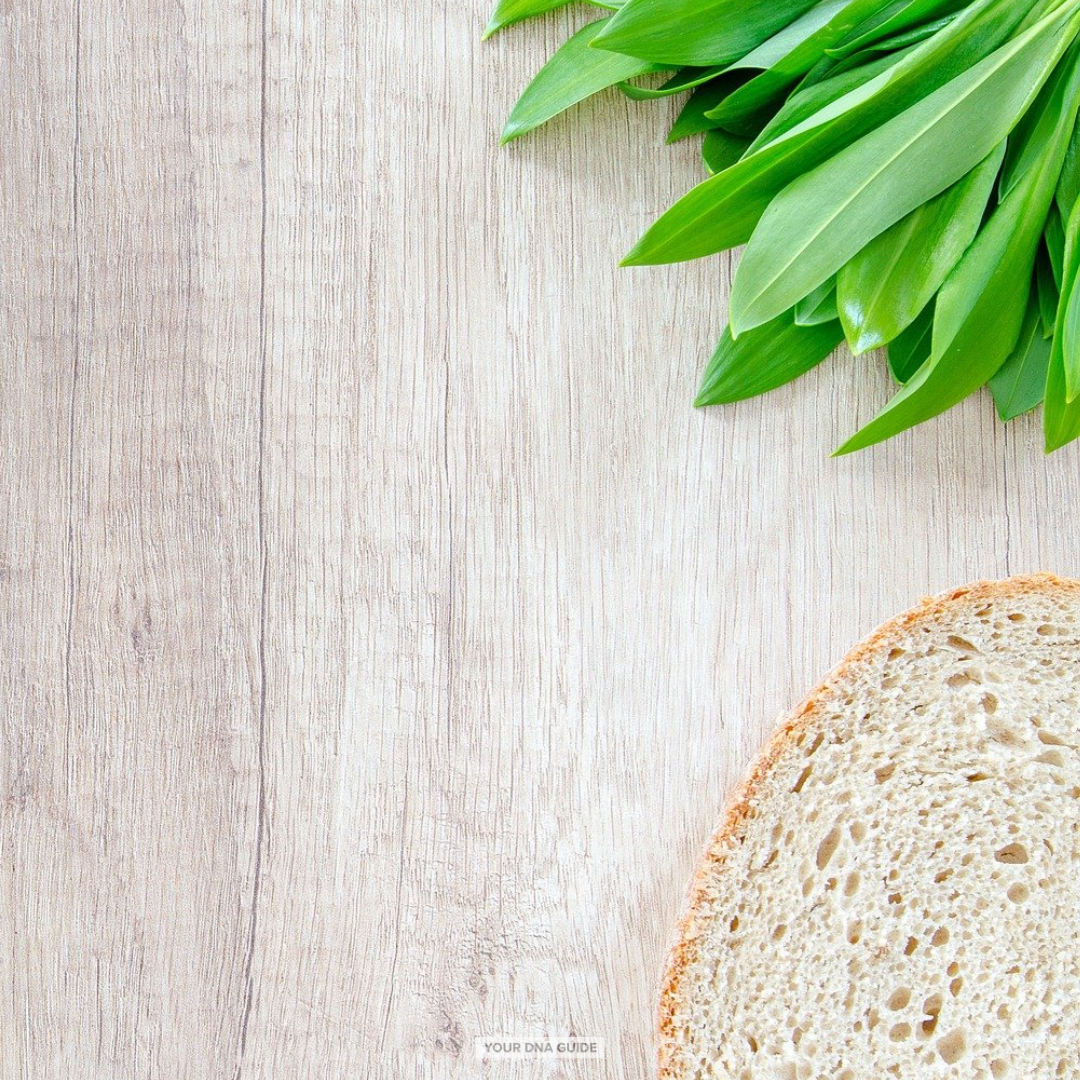Use your DNA match list to identify deceased ancestors and build your family tree! Try this advanced genetic genealogy strategy for finding matches who descend from your mystery ancestors.
We use DNA to identify two categories of genetic relatives: the living and the dead. Most of the success stories you hear are about on the news have to do with identifying and connecting with living relatives (like finding a biological parent). But as our databases grow, it’s easier than ever to use your DNA match list to identify deceased ancestors, too.
In my new book, Your DNA Guide—the Book, I lay out step-by-step Plans to help you identify both living and deceased ancestors, and I’m finding that genealogists are especially crazy about the possibility of doing the latter! In this post, I want to share what I call the “Leftover Strategy” you may need to use to target your DNA research to a mystery ancestral line.
Using the Leftover Strategy on DNA Matches
 Let’s say you’ve combed through your DNA matches and haven’t been able to find one who seems to descend from the branch of your family tree you’re most interested in right now. (Or maybe you’ve identified some likely candidates, but can’t be sure.)
Let’s say you’ve combed through your DNA matches and haven’t been able to find one who seems to descend from the branch of your family tree you’re most interested in right now. (Or maybe you’ve identified some likely candidates, but can’t be sure.)
The Leftover Strategy relies on the simple logic of leftovers: if you can eliminate every match who is related to you in a known way, you’ll be left with a smallish group of matches who are related to your unknown line.
Here’s how the basic process works:
Let’s say the ancestral couple you are looking for is one of your eight 2X great grandparent couples.
- Start by using a tool like AncestryDNA’s ThruLines to find all of the descendants of the other seven 2X great grandparent couples. If you have tested at MyHeritage, you can also use the Theory of Family Relativity or Smart Matches to help you see the common ancestors between you and your matches. Just remember that these are based on tree data and could be wrong. When using these tools, quickly check to make sure the genetic relationship between you (shared centimorgans) agrees with the proposed genealogical relationship of your match, especially if you want to use a particular match to run the Shared Matches tool for identifying other matches.
- Label those matches as belonging to each respective ancestral couple.
- Run the Shared Matches tool on these known matches to find everyone on your match list who is related to these known ancestors. Then label them.
Now, theoretically, everyone in your match list who is related to your known lines should have a label and nobody should have two (unless your 2X greats happen to have an overlapping branch on their family trees). So all of your unlabeled matches are Leftovers.
And you have found them.
These leftovers are now your focus group. They are the most likely candidates to help you identify your missing 2X great grandparents. To find out how you are related to them, you just need to figure out how they are related to each other. If you can find their common ancestor, that couple is likely also related to you somehow.
BUT keep in mind…
Because of the random way inheritance works, some matches in the Leftovers group—especially more distant ones—may slip through the cracks in the Shared Matches process. (That happens when your matches haven’t inherited enough of the same DNA to show up as related to each other, even if they’re both related to you.) That means some people in this Leftovers group may actually be related to your known lines.
How can you know for sure? Well, you DO GENEALOGY!
If at the end of this leftovers process, you do not see any matches without labels, you have likely encountered one of the following situations:
- No other descendants of this line have taken a DNA test yet.
- You may have used a match in the Shared Matches process who was not related in the way you thought they were.
- Your missing ancestor is related to one of your other known ancestors, or at least to their population group. (Endogamy, but don’t worry. We’ve got you covered!)
We’Learn what to do in each of these three scenarios—and more detailed, step-by-step instructions for this whole process as it applies to your unique DNA questions
Try it out!
How are you feeling with all this? We’ve covered some important DNA skills here, and we know it’s a lot to take in. That’s why we’ve put together a free guide, 4 Next Steps for Your DNA. We’ve compiled all our best information on how to move forward once you’ve gotten your DNA results so that you can learn to DO the DNA.

